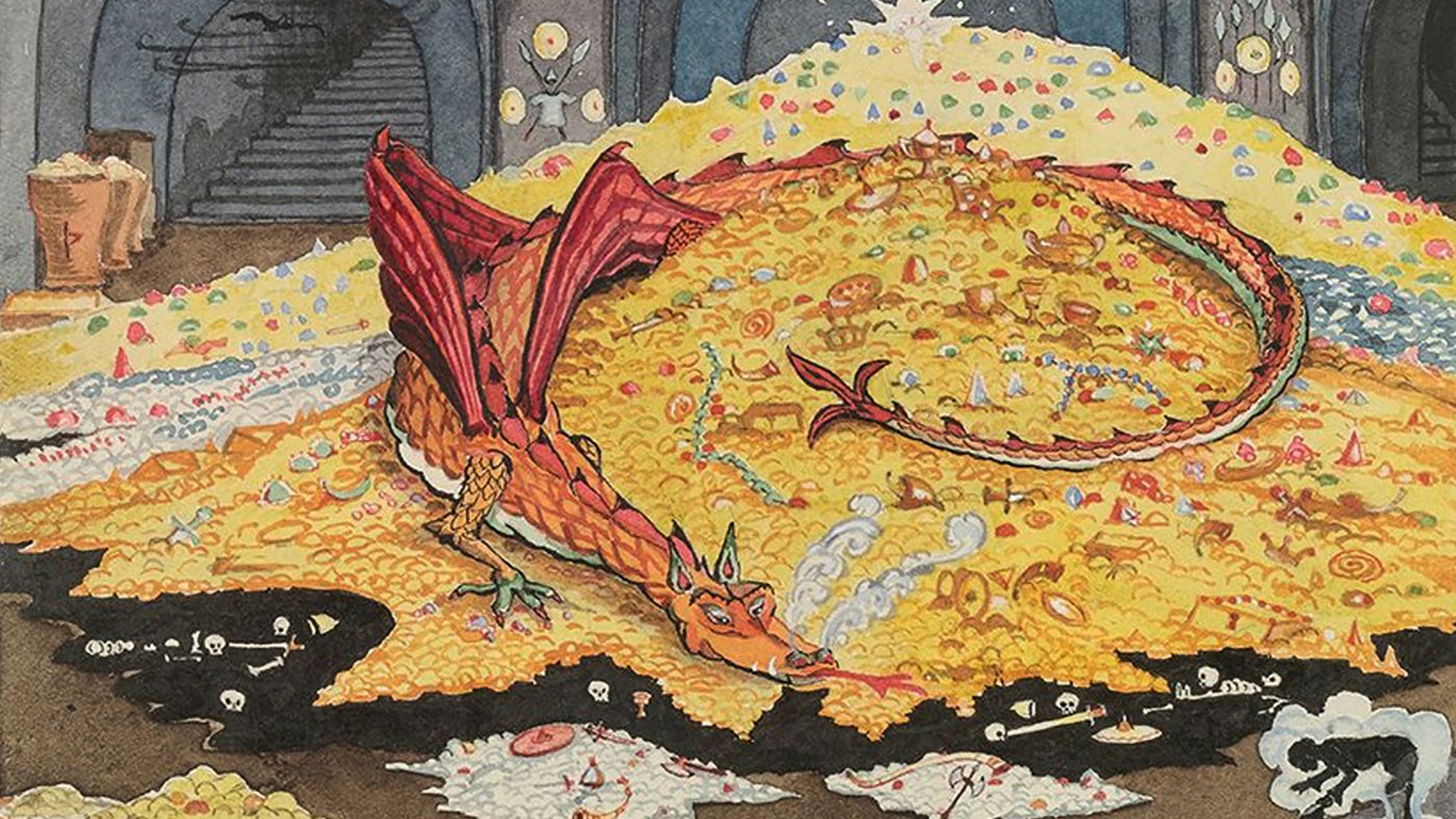The Coming Atheist Demographic Tide

The WIN-Gallup International network of polling firms has released a new poll titled Global Index of Religion and Atheism 2012, and there’s a lot of good news in it for us. Some of these results are so encouraging, I hesitate to believe them without additional confirmation – but if they bear out, they show that atheism is rising all around the world like the tide coming in!
The highlight of the survey was Ireland. One of the questions was, “Irrespective of whether you attend a place of worship or not, would you say you are a religious person, not a religious person or a convinced atheist?” And according to the survey, this one-time Catholic stronghold has undergone a dramatic shift. In 2005, when this poll was last conducted, 69% of Irish defined themselves as religious, 25% as non-religious, and 3% as convinced atheists. In 2011, those same numbers stood at just 47% religious, 44% non-religious and 10% atheist. In other words, in just six years, one in every five Irish people has given up religion, which is enough to vault Ireland into the top 10 nations worldwide with the most atheists. This is less a demographic tide than a demographic earthquake.
And it’s easy to guess why. In per-capita terms, Ireland suffered more from the Catholic child-rape scandal than any other nation in the world, and the Vatican’s response has consistently been one of denial, arrogance and condescension. There’s been such fury at the church in the last few years, some pundits wondered if Ireland was “divorcing” from Catholicism, and it appears that this is exactly what’s happening. The church authorities have acted as if they were immune from the law and even from public opinion, and that all they had to do was hunker down and wait for everything to blow over. They seem to have forgotten that simply leaving the church is a choice that fed-up people can make. But the Irish people clearly haven’t forgotten, and they’re voting with their feet in a way that could well set the church on an irreversible slide into demographic irrelevance.
Ireland is a special case, since it’s largely dominated by one religion with one central authority whom the people can spurn. But it’s not the only country in the world where nonbelief is on the rise. Among 57 countries surveyed in the WIN-Gallup poll, the average religiosity of respondents was 59%, a 9-point decline since 2005. Again, this is a startlingly rapid demographic shift. Among the few countries to buck the trend and show an increase in self-reported religiosity were Macedonia (by 5%), Romania (4%), Pakistan (6%), and Italy (1%). But in many more countries, atheism is growing: in France (by 15%!), the Czech Republic (10%), Japan (8%), Germany, the Netherlands and Argentina (5% each), Canada, Poland and South Africa (3% each), and more.
But I’ve saved possibly the biggest surprise for last. In 2005, WIN-Gallup found that the United States was 73% religious and 1% atheist, which is relatively in line with other polls. And in 2011 (…drumroll, please…), the newest results are: 60% religious and 5% atheist!
This is an incredibly welcome result, but some caveats are in order. First of all, I don’t think this means the number of atheists in the U.S. has quintupled in six years. Previous polls like the 2008 ARIS have found that about 12% of Americans are de facto atheists, lacking belief in a higher power, whether or not they choose that word to describe themselves. Given that information, what this result more likely means is that the number of atheists who are willing to use the A-word has increased. To be sure, this is still very good news: it means that atheism is losing its stigma, that the New Atheist strategy of community-building and outspoken advocacy is working. All that stuff we’re doing? We need to keep doing it!
Second: The U.S. findings were apparently based on a sample size of 1,000 people, which isn’t too small, but isn’t huge either. There are definitely error bars, and I’d like to see this result reproduced by other surveys before leaning too heavily on it. That said, the general trend of fading religiosity and rising nonbelief in America is one that’s been reinforced by multiple polls over the last few years.
And third: Of course, even if these findings are absolutely true, even if our numbers have grown dramatically in just a few years, atheists are still just a small minority of the population. We won’t be winning elections single-handedly any time soon. But if we don’t set our expectations unrealistically high, a growing and engaged atheist movement can accomplish a lot of worthwhile things: fighting back against prejudice, spreading our ideas into the broader cultural discussion, boosting the legitimacy of reason and secularism and weakening the pull of superstition and fundamentalism. 5% of the population may be small in absolute terms, but it’s larger than other minorities whom politicians wouldn’t dare denigrate for political gain!
Daylight Atheism: The Book is now available! Click here for reviews and ordering information.





